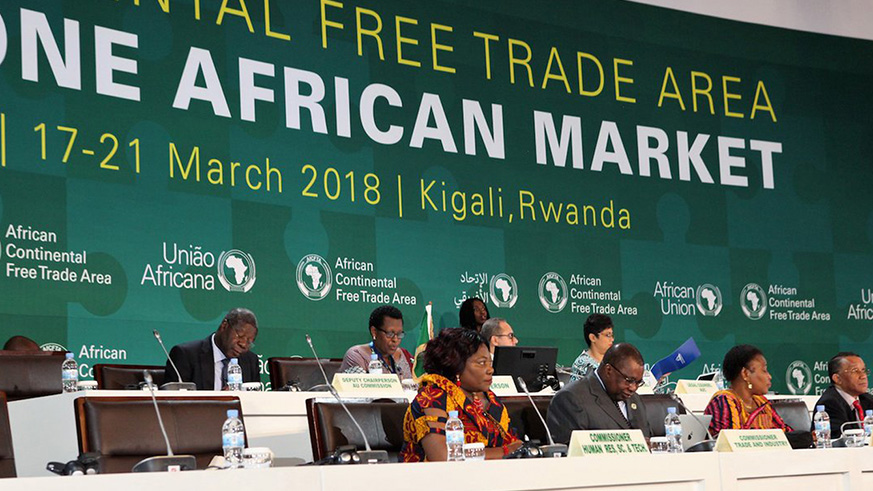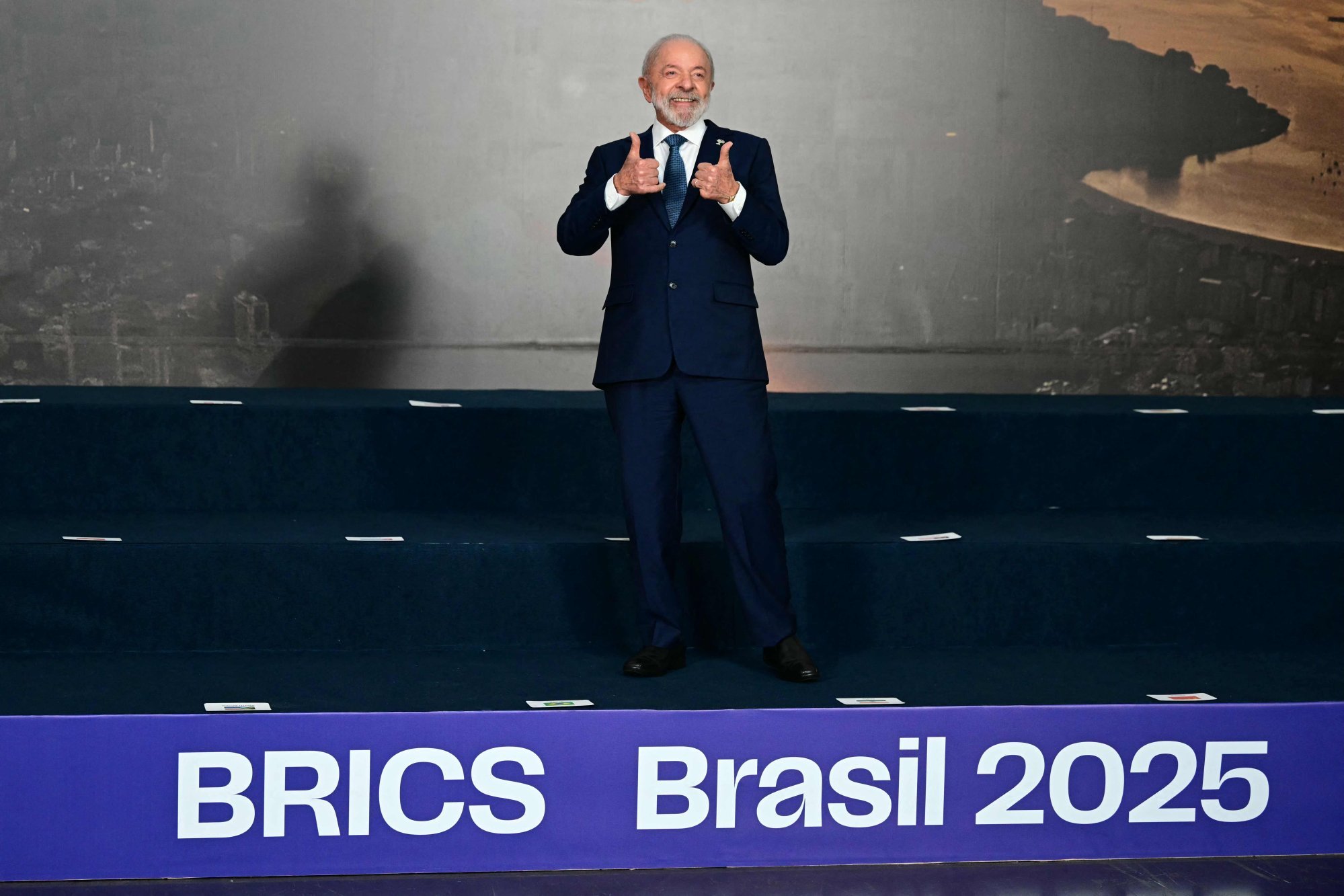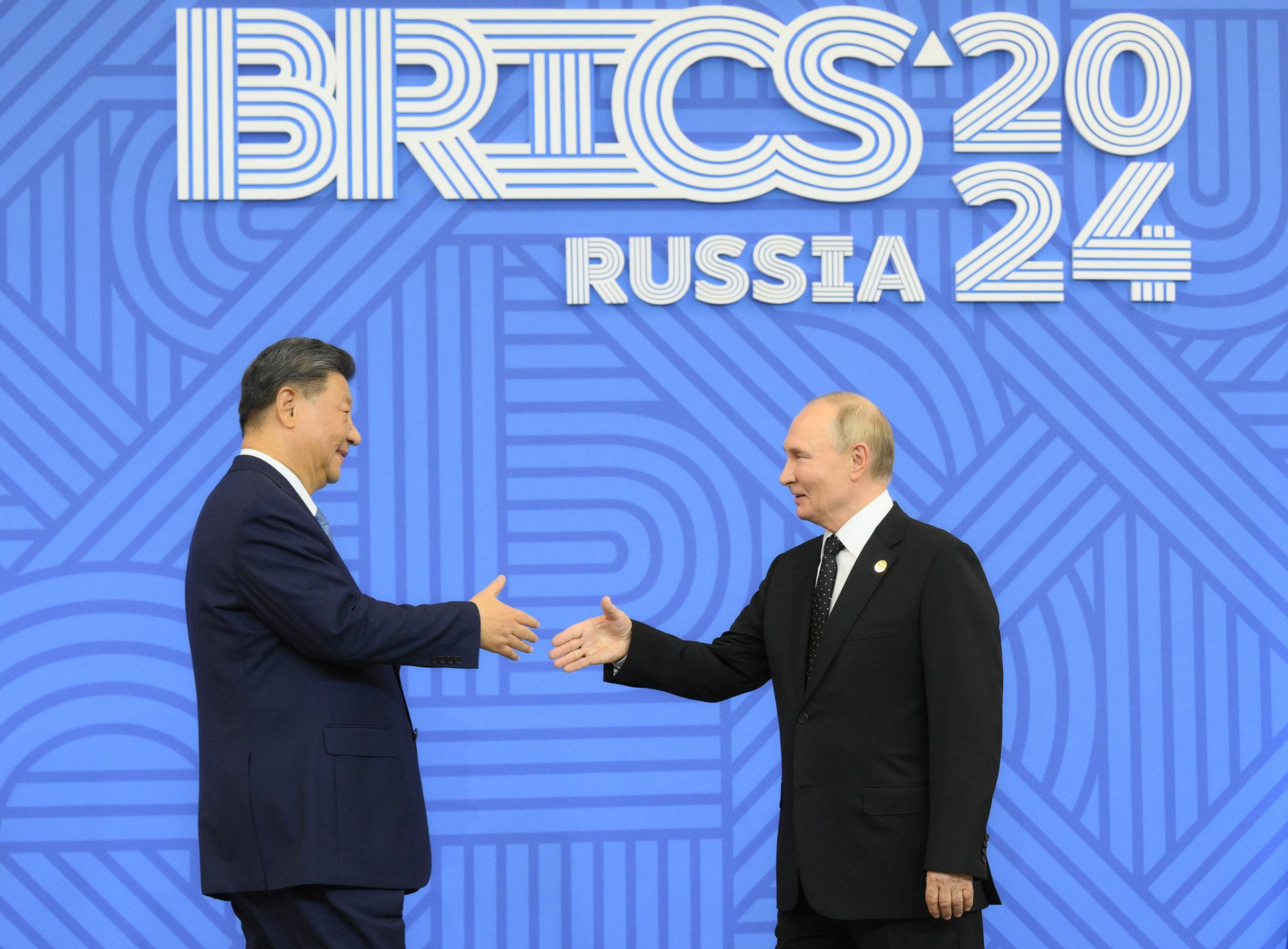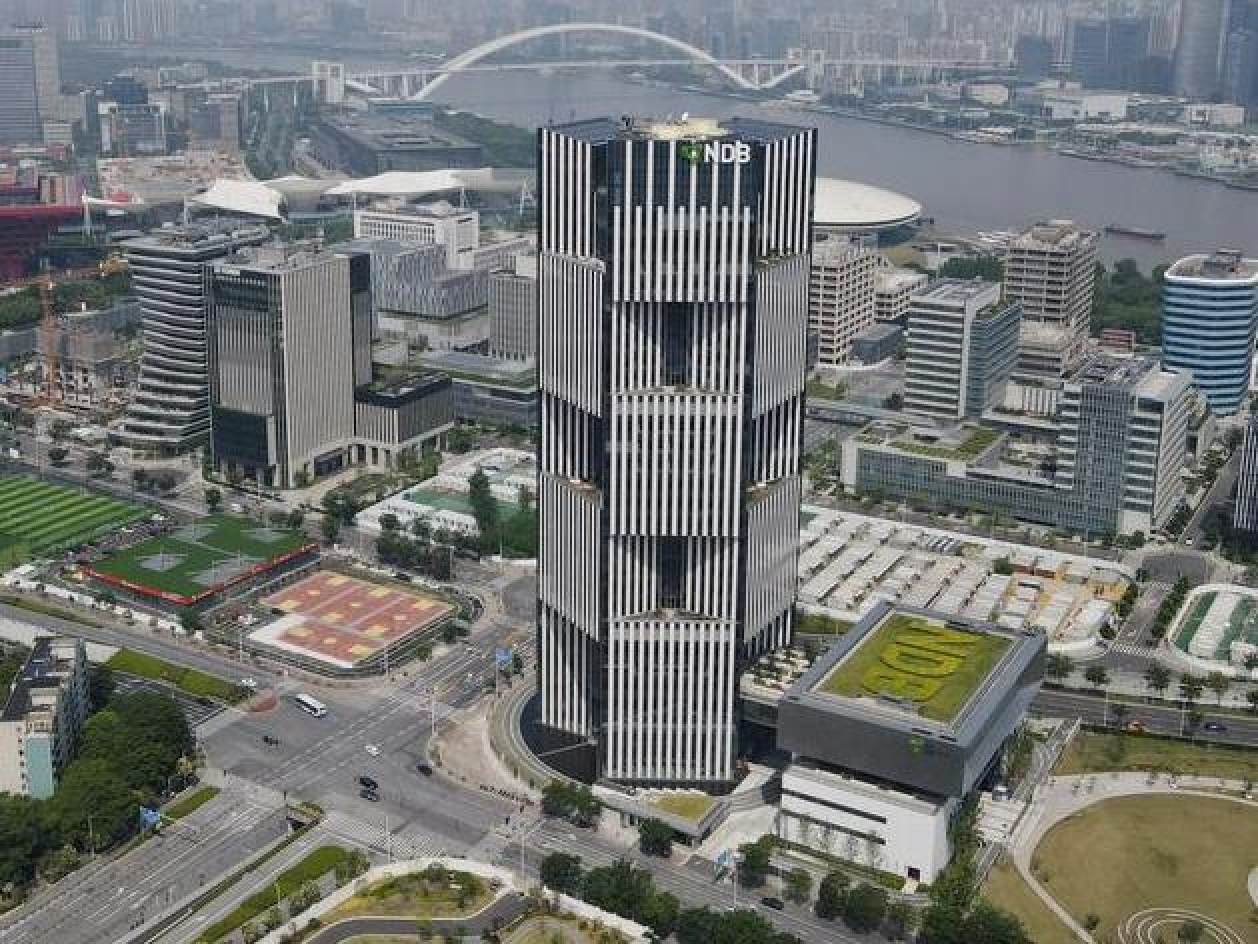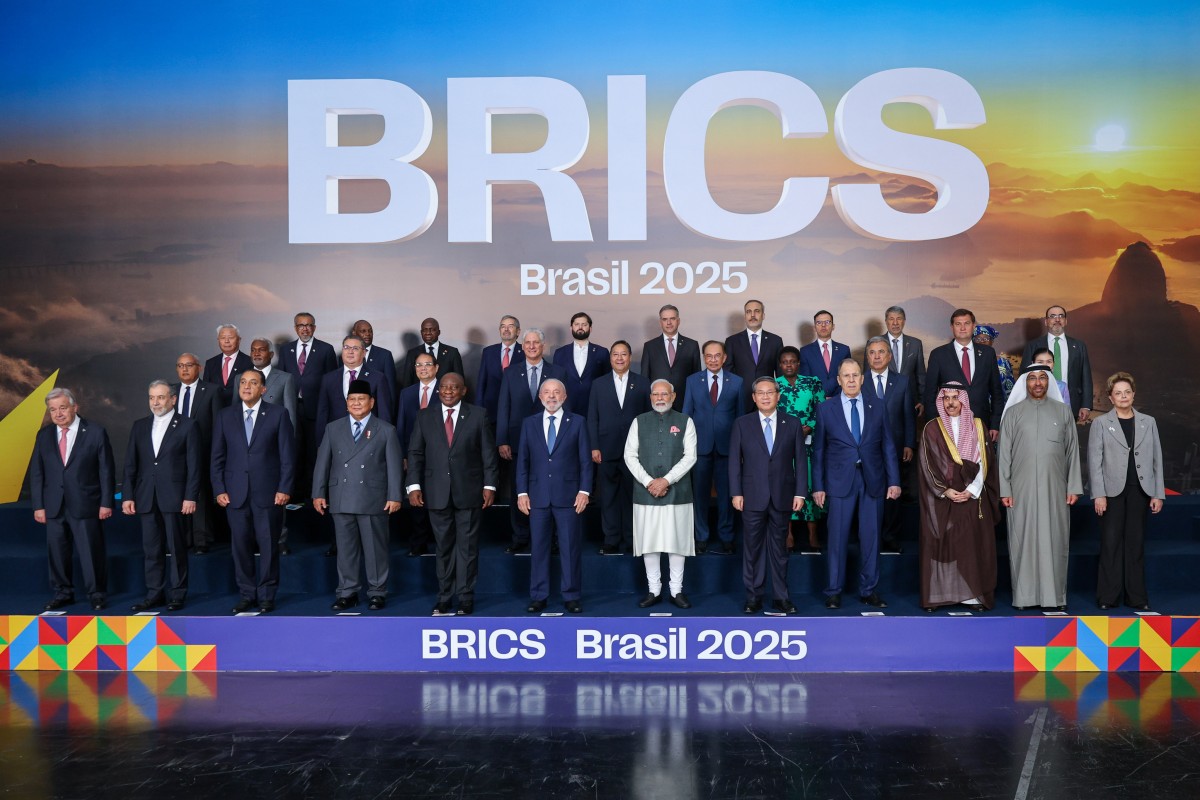
Despite internal conflicts and a lack of strong leadership affecting the events, this week'sBrics summit in Brazilconveyed a clear message: the world's developing economies are determined to define their own future, aiming for agreement where there was previously only Western control.
In a joint statement released on Sunday, leaders of Brics nations expressed concerns about the risks to the global economy from the "unselective" application of tariffs and the "increase in trade-limiting measures" — subtle hints at the US President.Donald Trump'unique approach to trade policy - while also criticizing the latestU.S. and Israeli military attacks on Iran.
The group of 10 members - featuring founding countries like China, Russia, and India, along with recent additions such as Iran, Egypt, and Indonesia - currently encompasses almost half of the global population and contributes approximately 40 percent of the world's economic output.
Are you curious about the most significant issues and developments happening globally? Find the information you need withSCMP Knowledge, our latest platform offering carefully selected content including explainers, FAQs, analyses, and infographics, presented by our acclaimed team.
Developed two decades ago as a platform for quickly growing economies, Brics has transformed into what many now see as a Chinese-dominated alternative to the Western system.
The examination is whether the classification aligns on significantly more than it diverges.
Sarang Shidore, director of the Quincy Institute's Global South program
Experts highlight Sunday's joint statement as proof that Brics may still evolve into "a competing framework to a US-dominated global system," while warning that the alliance's increasing variety poses its biggest obstacle.
"The test lies in whether the grouping agrees on significantly more than it disagrees regarding the items on its agenda," said Sarang Shidore, director of the Global South programme at the Quincy Institute, a Washington-based think tank. He noted that Brazil has demonstrated considerable diplomatic ability in facilitating agreement on both the bloc's condemnation of attacks onIranand the summit's concluding statement, despite the internal disagreements that came with Brics' swift growth.
One of the bloc's most sensitive agreements came in its demand for a peaceful two-state resolution to the Israel-Palestine dispute. Although Iran has consistently argued thatIsraelshould be destroyed, an Iranian diplomatic source cited by Agence France-Presse stated that Tehran's "concerns" had been communicated to Brazil, although it did not go as far as rejecting the joint statement.
To be regarded with seriousness, Brics needs to go beyond words, enhance its internal unity, and produce "measurable external influence," as stated by Mihaela Papa, a senior research scientist at the MIT Centre for International Studies.
"Some leaders chose not to participate or were hesitant to join the summit," she said during an interview with This Week in Asia, pointing out ongoing disagreements regarding reforms to the UN Security Council and the lack of consistent support among nations during emergencies.
Nevertheless, Papa acknowledges the bloc for fostering agreement on development finance, global health, climate change, and artificial intelligence: "issues where the Trump administration's involvement in multilateral efforts has decreased."
"If Brics demonstrates greater commitment, its reputation will increase," she stated.
'A Russo-Chinese duopoly'?
Chinese President Xi Jinpingwas notably absent from this year's Brics summit - the first time he has missed since coming into power over a decade ago - with PremierLi Qiang attending instead.
Russian President Vladimir Putin, being sought by the International Criminal Court for the 2022 incidentinvasion of Ukraine, was also notably missing. As a party to the Rome Statute, host country Brazil would have been required to execute an arrest.
Although there are these gaps and varying perspectives, the impact of Brics remains widespread.
"Brics is becoming the most significant link for an alternative framework to the US-dominated system — not anti-American, but still involved in areas where the US is increasingly absent," Shidore stated, highlighting development finance, protecting the multilateral trading system, and increasing access to health and climate solutions.
However, the group's tangible accomplishments are limited, primarily focused on theNew Development Bank, which supports infrastructure and sustainable development throughout the Global South. "A group as varied (as Brics) will require more time and a clearer focus to enhance its provision of solutions in a world that is becoming more divided," Shidore remarked.
The establishment of a Brics "guarantee fund" aimed at reducing financing expenses and drawing additional private investment into important development initiatives—rumored to be under consideration—would highlight "the kind of prompt, solution-oriented action that many emerging economies increasingly perceive as lacking in G7 or NATO processes," noted Jamil Ghani, a doctoral student at Singapore's S. Rajaratnam School of International Studies, whose areas of research include foreign policy.
However, demands for more inclusive governance continue. Brazil has encouraged the New Development Bank to expand its rotating leadership beyond the five original Brics members— a step that Jamil stated would "help eliminate the image of a Russo-Chinese partnership and make Brics more appealing to Asean countries."
As long as Brics continues to push for moving away from the dollar, it will stay on his (Trump's) list of concerns.
Mihaela Papa, an expert in international relations
The United States is also increasing the pressure. Earlier this week, Trump warned thatany country implementing "anti-American strategies"engaging with Brics would encounter a 10 percent tax on exports to the United States — the initial instance where an American president has directly highlighted Brics as a collective. "As long as Brics continues its efforts to reduce reliance on the dollar, it will stay in his focus," Papa mentioned, alluding to the group's goal of shielding its economies from Western sanctions and trade conflicts.
Ghani mentioned that Trump's warning probably would push new Brics members like Indonesia, Egypt, and the UAE to consider the advantages of expanding their economic portfolios versus the potential dangers to their access to the US market.
He forecasts that the outcome will likely be a collection of subgroups within Brics - progressing at varying rates on topics like e-customs, local-currency transactions, and AI regulations - instead of a single, cohesive approach.
More Articles from SCMP
Leading technology and telecommunications companies in Hong Kong join forces to fight against online scams.
Dishes topped with ants at a South Korean restaurant raise concerns among food safety authorities
China expected to increase support for Iran in order to protect its strategic interests
Benno Yung concludes: 'I was able to create something that holds more value than money'
Get to know Rachel Zegler's new partner, dancer Nathan Louis-Fernand: the two are currently performing in the London reimagining of Evita by Andrew Lloyd Webber and Tim Rice – and they recently confirmed their relationship on Instagram.
This piece was first published in the South China Morning Post (www.scmp.com), a top news outlet covering China and Asia.
Copyright (c) 2025. South China Morning Post Publishers Ltd. All rights reserved.













